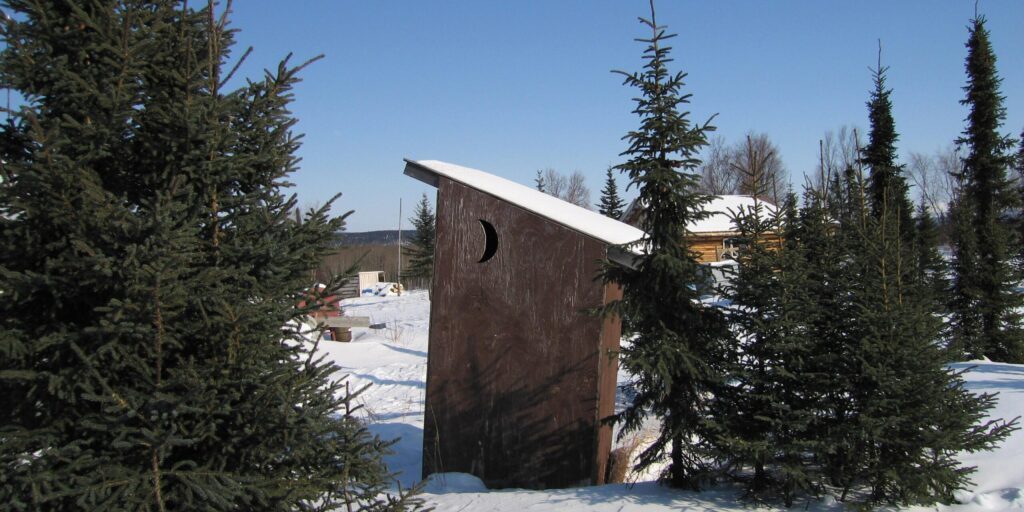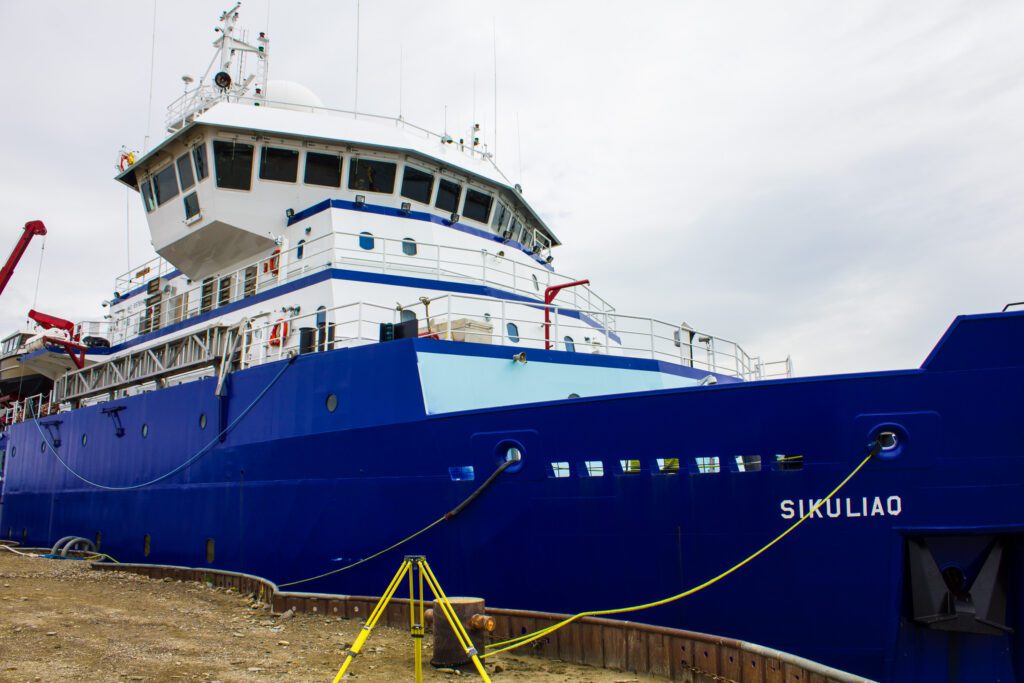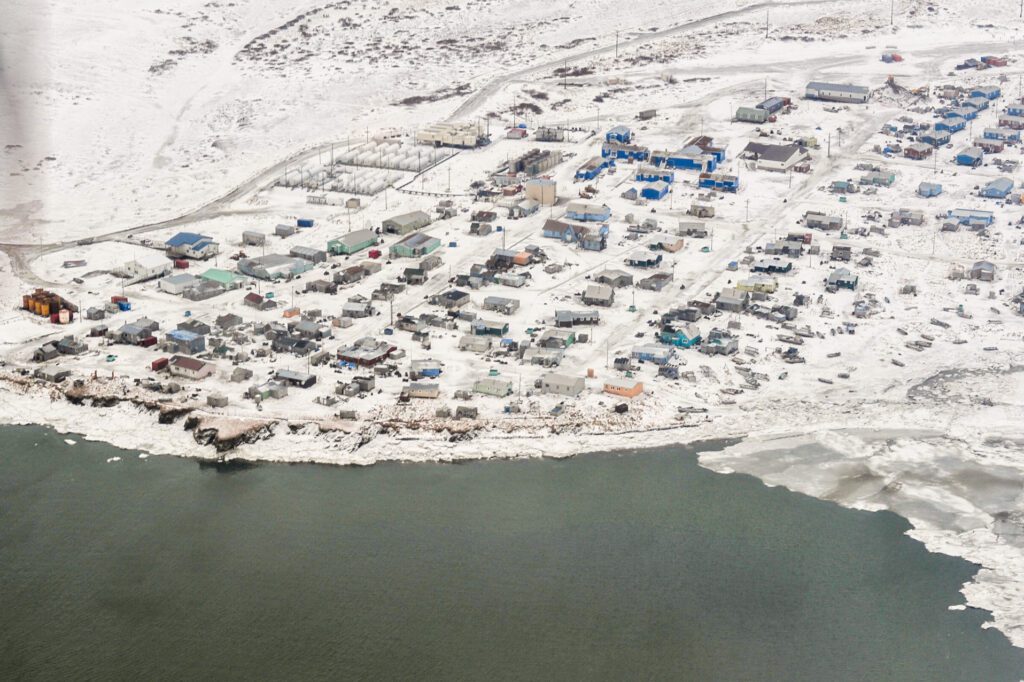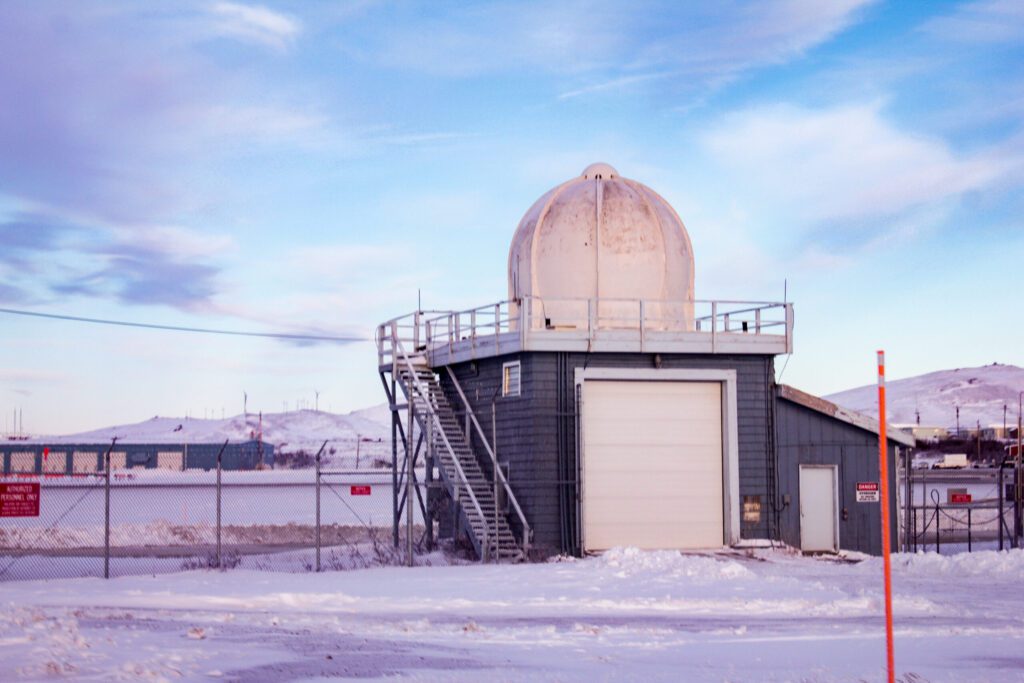On Wednesday, the conference on Water Innovations for Healthy Arctic Homes, or WIHAH, wrapped up in Anchorage. The goal of the conference was to address the challenges of providing safe and affordable access to running water and sanitation. Panelists with different technical backgrounds presented earlier this week.
One of the presenters, local Nome resident Megan Alvanna-Stimpfle, says this conference is the first of its kind, hosted by the State and federal agencies who deal with sewer and water within Alaska.
Alvanna-Stimpfle recalled, “they invited folks from Greenland and Canada to share their experiences with adjusting sewer and water in remote communities in the Arctic. It’s a cross section of scientists, policy makers, and engineers, so we have multiple audiences and multiple topics of discussion.”
In addition, this week, there were also demonstrations of three prototypes from the Water and Sewer Challenge teams. These prototypes are designed to reduce the costs of operating in-home water and sewer systems, specifically for rural Alaska.
Blanche Okboak-Garnie is the mayor of Teller. She saw all three of the prototype demonstrations during the conference and is convinced at least one of them could solve Teller’s water and sewer problem.
“Any of them would be better than what we have, but I think that I would like the ANTE version best. Anything that a home owner can do themselves without relying on anyone else to go in and do service for them. And it would cost less to do it yourself,” Okboak-Garnie remarked.
Okboak-Garnie says Teller doesn’t have a current system in place. Instead, community members use honey buckets and dump them six miles outside of town.
“And we have a honey bucket lagoon that was designed to last ten years, because nobody thought we would be putting honey buckets in there 40 years later, but it’s overflowing. When it rains and thaws, in the winter it freezes and thaws, it drains across the ground over the road,” said Okboak-Garnie.
Even though the prototypes won’t be ready this year, and the 3-day WIHAH conference is over, Alvanna-Stimpfle says rural Alaskans, who are the “heart and soul” of this water and sanitation issue, will see current benefits as a result of this conference.
“Hearing the scientists talk about the health impacts on our children is something that’s real and tangible for me,” said Alvanna-Stimpfle, “and I’ve asked them to create one-pagers with that data accessible by our tribes and communities, so that we can use that data when we are talking to law makers and policy makers, because it’s meaningful data that hasn’t been shared back yet, and so that’s one tangible outcome I’m creating out of this conference.”
Now that the conference is finished, it is unclear what the next event or step will be for water and sewer systems in rural Alaska. According to the Water and Sewer Challenge website, the deployment of a final prototype may not happen until 2020, or beyond, depending on the outcomes of the current nine-month-long field testing phase.







